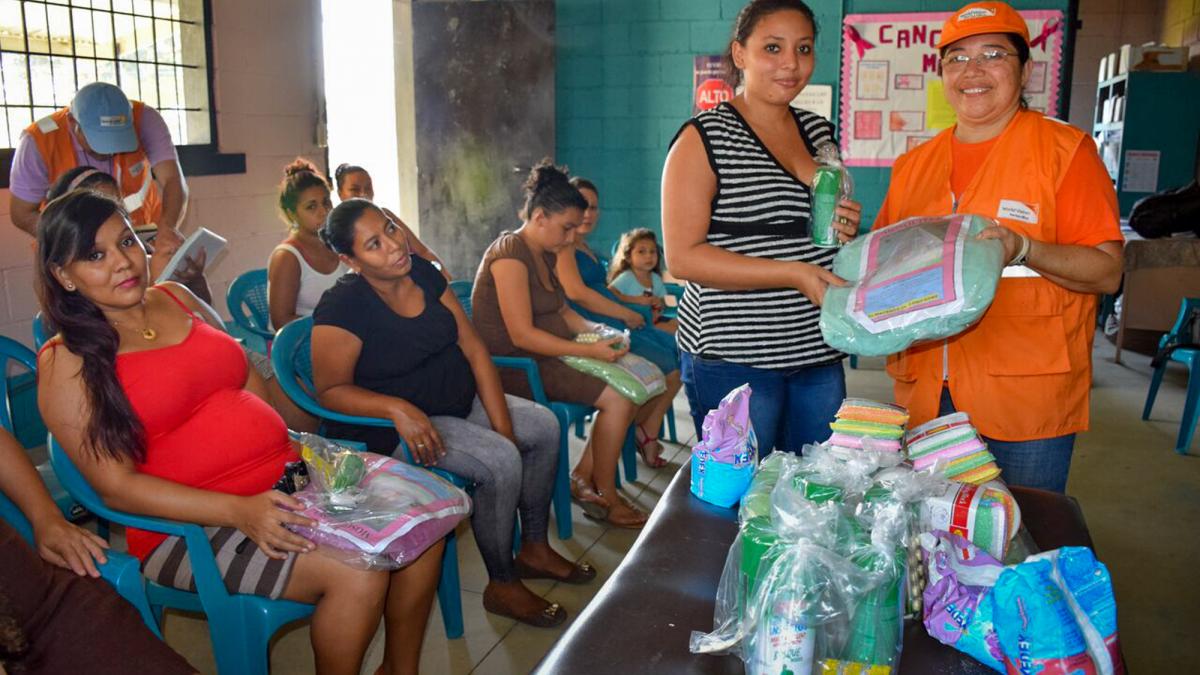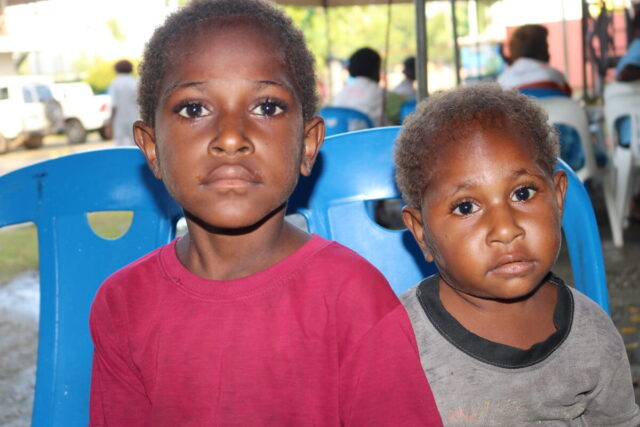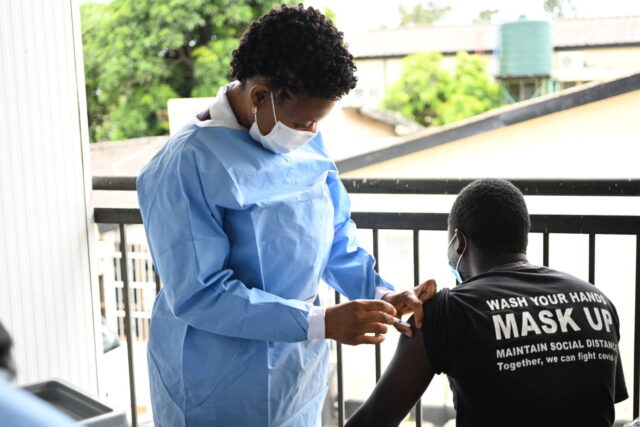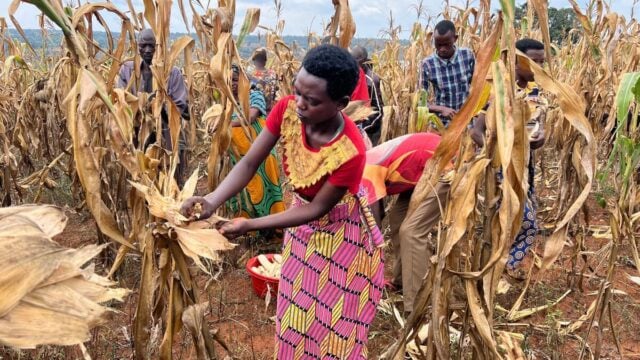Zika virus — a tropical mosquito-borne disease — captured global attention during the 2015–2016 outbreak in the Americas, which resulted in widespread birth defects such as microcephaly, as well as the debilitating Guillain-Barré syndrome. Governments, aid organizations, health workers, and families worked swiftly to contain the epidemic as it spread from Brazil. Although the Zika virus has largely faded from the headlines, it remains a significant risk in many countries and territories.
Zika virus: Facts, FAQs, and how to help
- Fast facts: Zika virus
- What is Zika?
- What are the symptoms of Zika?
- How can I protect myself from contracting Zika?
- When was the last Zika outbreak? What is the current risk of Zika transmission?
- How can I help children and families affected by viruses such as Zika?
- World Vision’s efforts to stop the spread of the Zika virus
Fast facts: Zika virus
- The Zika virus primarily spreads through infected mosquito bites, but it can also be transmitted sexually and from mother to child during pregnancy.
- The best way to prevent Zika is by avoiding mosquito bites, especially in high-risk areas. This includes applying insect repellent, wearing long sleeves and pants, and using window screens for protection against insects.
- There is no specific medicine or vaccine for Zika. Treatment focuses on relieving symptoms with rest, fluids, and medications.
- Pregnant women should take extra precautions, as Zika is linked to severe birth defects, including microcephaly.
- Microcephaly is a neurological condition in which a baby’s head is significantly smaller than normal. It is caused by abnormal brain development during pregnancy or early infancy.
What is Zika?
Zika is a virus most often transmitted by the Aedes aegypti mosquito, which also transmits yellow fever and dengue. This is a different type of mosquito than the one that transmits malaria. Zika can also be transmitted through sexual contact and from mother to child during pregnancy.

What are the symptoms of Zika?
Symptoms of Zika include mild fever, headache, skin rash, joint pain, and conjunctivitis (red eyes), typically lasting for two to seven days. However, only 20% of people who contract the virus experience any symptoms, and people who do rarely need to be hospitalized.
How can I protect myself from contracting Zika?
The best way to avoid getting Zika is to protect yourself against mosquito bites by covering your skin with clothing or mosquito repellent. If you leave your windows open, make sure there are screens on them. Eliminating standing water also helps, as stagnant puddles are a perfect breeding ground for mosquitoes.
While bed nets have proven effective in protecting people against mosquitoes that carry malaria, they are less effective in preventing Zika because the Aedes aegypti mosquito bites mostly during the day and early evening.
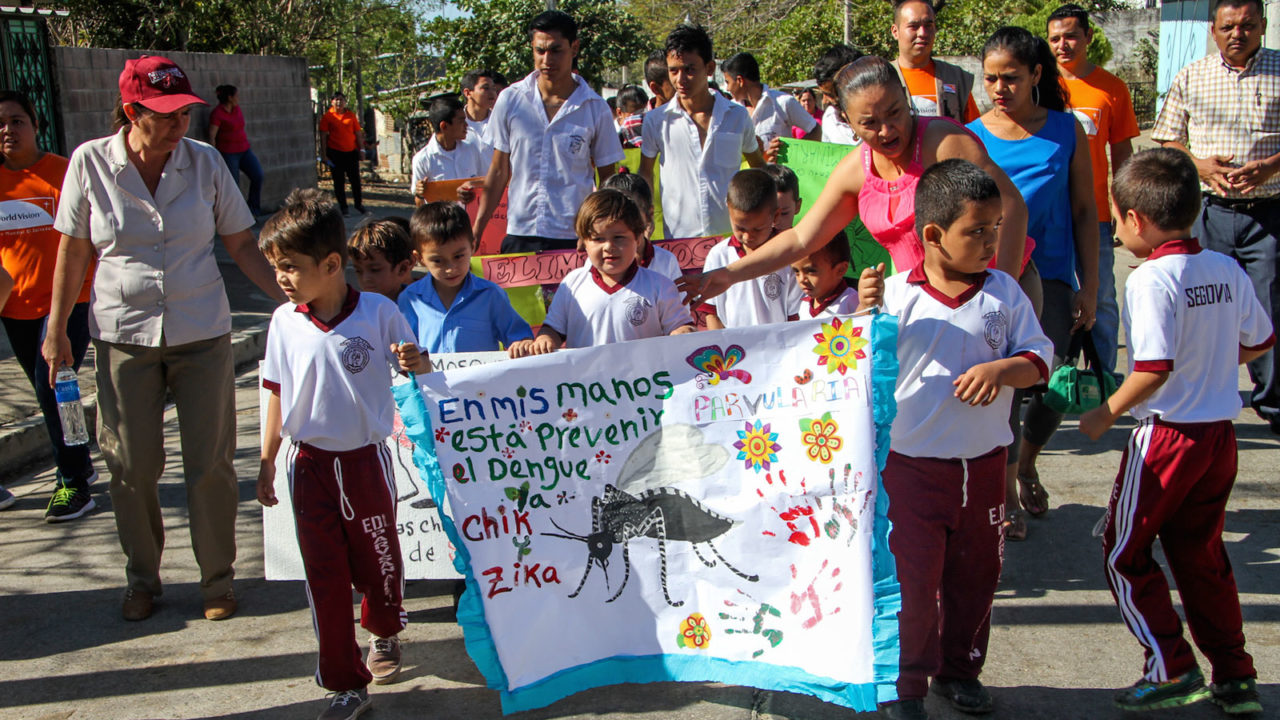
When was the last major Zika outbreak? What is the current risk of Zika transmission?
The last major outbreak of Zika occurred in the Americas from 2015 to 2016. As of 2024, Zika transmission persists at low levels in several countries, according to the World Health Organization’s latest map. A total of 89 countries and territories have reported evidence of the mosquito-transmitted Zika virus infection.
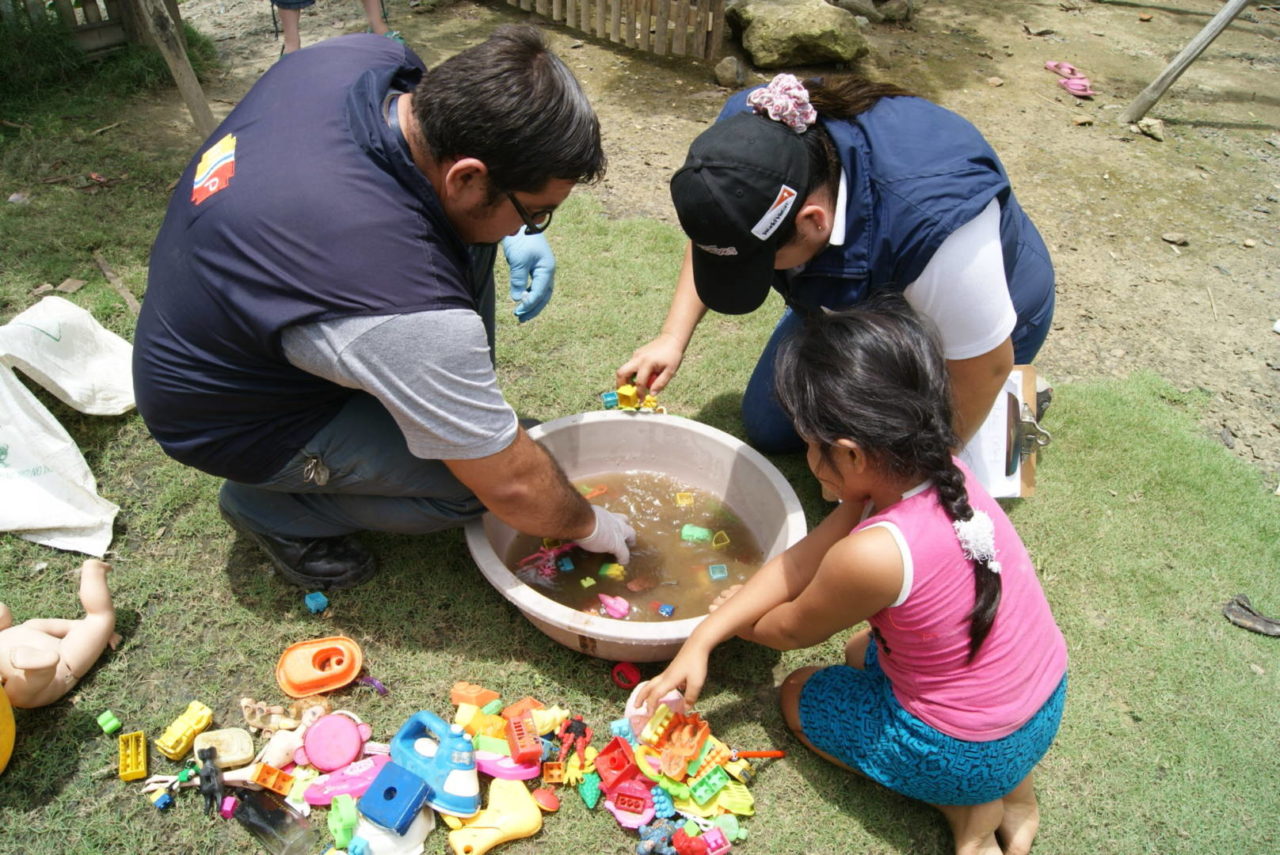
How can I help children and families affected by viruses such as Zika?
- Pray: Please pray for people who have been affected by the Zika virus, especially parents of children with birth defects and the children themselves, who face many challenges in their development.
- Sponsor a child: World Vision’s sponsorship program helps whole communities find sustainable solutions for the issues they’re facing, like prevention and treatment for viruses.
World Vision’s efforts to stop the spread of the Zika virus
World Vision has worked in Latin America since 1977, operating in 14 countries, including 12 of the 26 countries affected by the Zika outbreak.
In February 2016, we swiftly launched a response to limit the spread of the virus in Brazil, Honduras, El Salvador, Guatemala, and Colombia. Our immediate efforts included:
- Information on mosquito control and individual protection
- Health services and protection kits, including mosquito nets, for pregnant women
- Community engagement activities on protection, sanitation, and cleanup in partnership with churches and youth groups
During the peak of the health crisis, we supported more than 400,000 people at risk of contracting Zika. In six months, we reached over 3 million people in 1,000 communities in the worst-affected municipalities with awareness and prevention programs.
As our experts responded to the Zika outbreak, they drew on successes and lessons learned from the efforts to end the spread of Ebola in West Africa between December 2014 and June 2016. That response proved how critical it was to work with respected local leaders, including faith leaders, to disseminate accurate prevention messages and dispel misinformation or rumors, which can hinder efforts to tackle the spread of disease.
In Brazil, World Vision partnered with agencies that provided physical, psychosocial, and speech therapies for children with microcephaly. We also helped parents with the expenses of accessing the care their children needed.
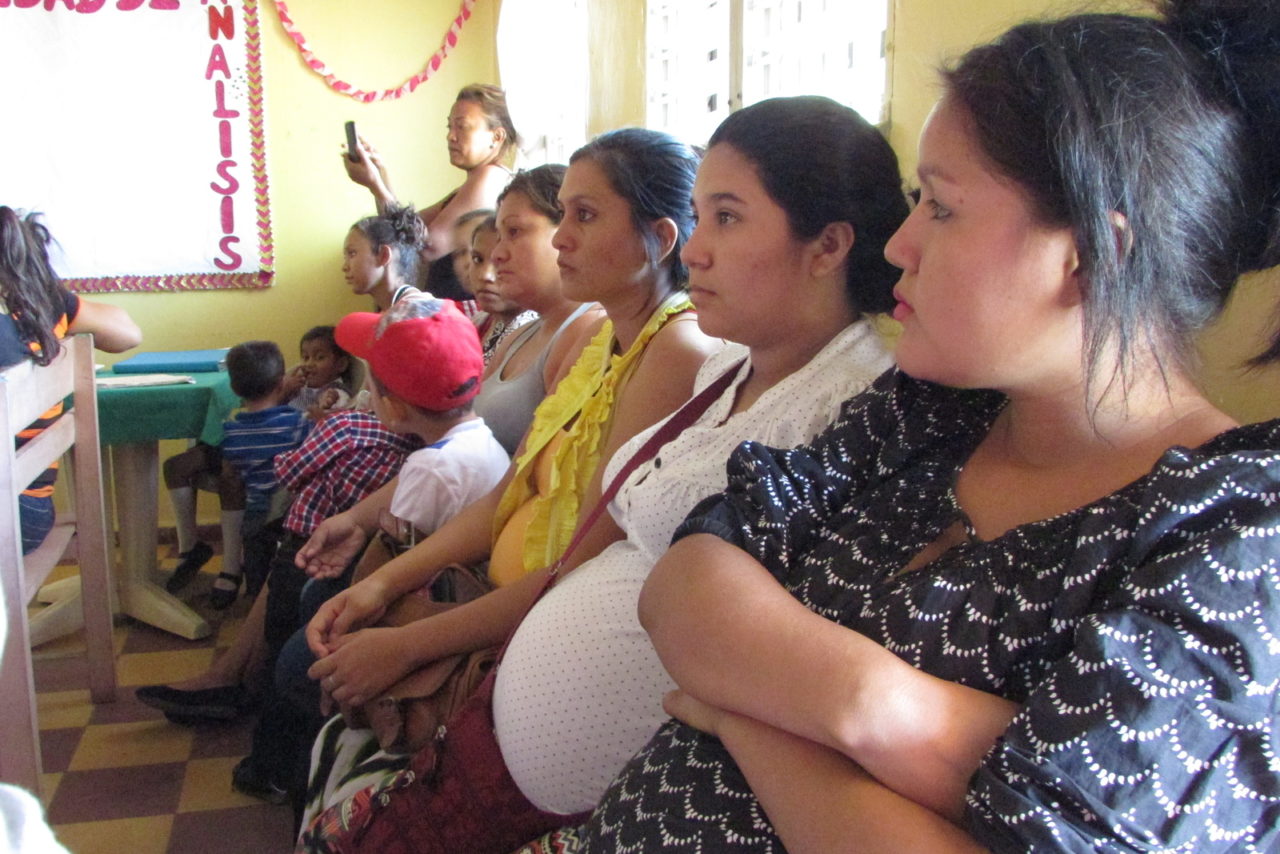
Chris Huber and Heather Klinger of World Vision’s staff in the U.S. contributed to this article.
